Interview Koen Olthuis at Venice Biennale
An interview with Koen Olthuis of Waterstudio.NL on the Venice Biennale for the exhibition “The Dutch Way” in the British Pavilion
Click here to visit our Youtube channel
An interview with Koen Olthuis of Waterstudio.NL on the Venice Biennale for the exhibition “The Dutch Way” in the British Pavilion
Click here to visit our Youtube channel
A group of high ranking officers (VP’s and Directors) from the National Housing Authority of Thailand have visit Waterstudio for a presentation about our expertise on flooding and concepts for flood zones and on the water. Thailand faced a terrible flood problem last year. The agency is now studying the possibility of using another typology for their housing development.

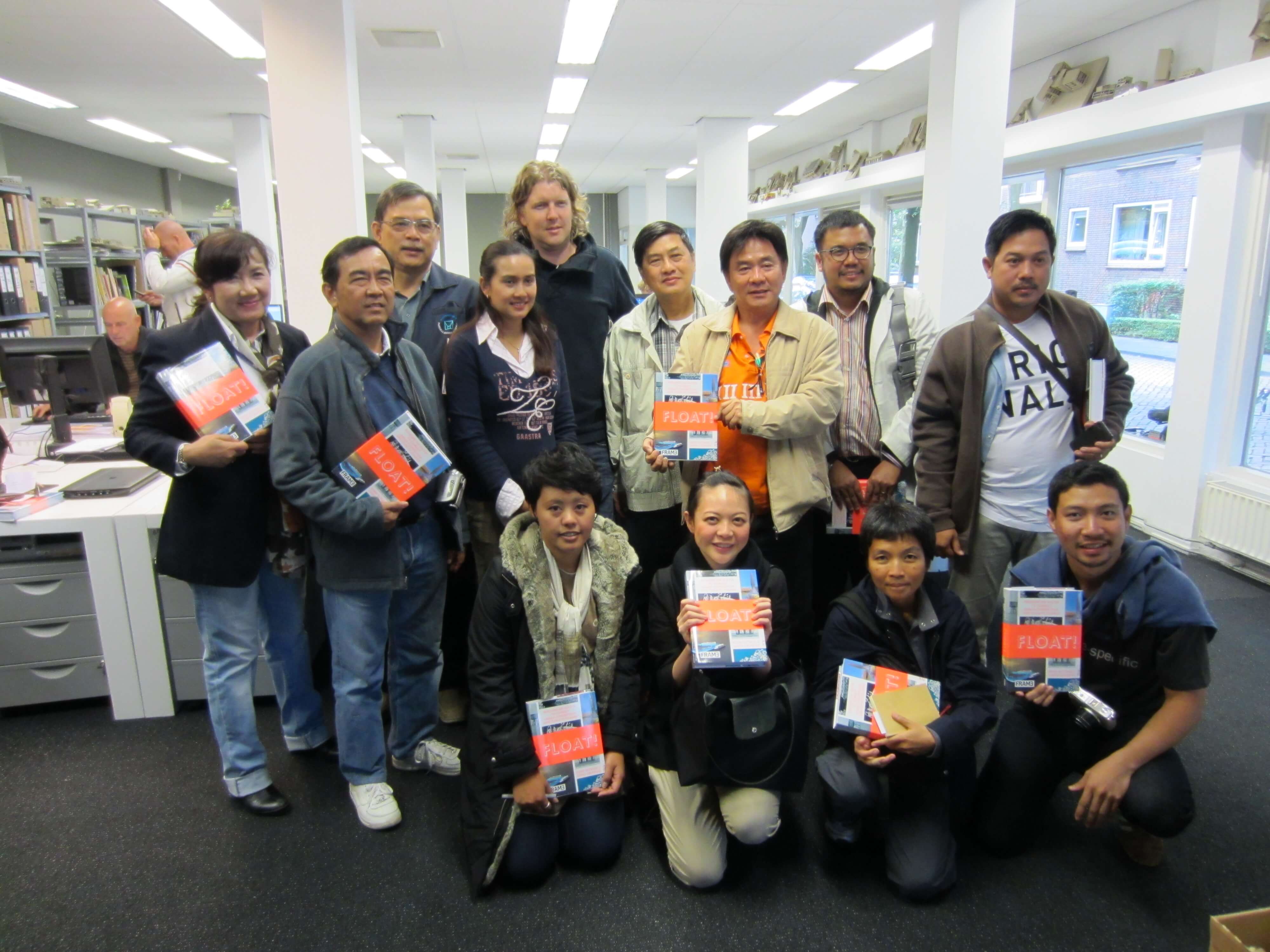
There is a saying that “God made the world, but the Dutch made Holland.” And for centuries, the Dutch have built different types of barriers to hold back rising water and allow for development.
But as sea levels continue to rise, instead of trying to fight the water, Dutch architects and urban planners are taking a new approach: finding ways to live with it.
The United Nations’ Intergovernmental Panel on Climate Change reported in 2007 that global sea levels rose an average of nearly 8 inches in the past 100 years and predicted that rate will accelerate in this century. Higher water makes for more severe storm surges, floods and land loss. With many of the world’s largest cities located on coastal estuaries, high and dry urban land will become an increasingly rare commodity.
Cue a renewed look at floating architecture.
“In the last decade, floating architecture changed from a fringe niche market into a realistic opportunity for expanding the urban fabric beyond the waterfront,” said Koen Olthuis, lead architect at Waterstudio.NL, an aqua-architectural firm in the Netherlands. For Olthuis, creating floating buildings goes beyond architecture and is about a new vision for city planning.
Rather than putting entire cities on water, most of the proposals today combine water-based buildings with land-based architecture protected against water using flotation fixtures, raised platforms or anchored structures. That kind of flexible, integrated approach is crucial for the future, said Olthuis.
“Instead of buildings that are not able to cope with the changing needs of a city, urban planners will start creating floating dynamic developments that can react to new and unforeseen changes.”
And there’s a range of designs out there, including a float-in movie theater in Thailand and a massive Sea Tree, which uses the model of oil storage towers found on open seas to provide habitat for animals.
One of the most ambitious projects under development is in the Maldives, where Waterstudio.NL was tasked by the Maldives government to design a network of floating islands, including the Greenstar hotel that will feature 800 rooms, a conference center and a golf course. The $500 million project is set for completion by 2015.
Other projects in the works include Baca Architects’ amphibious house destined for the Thames River in Great Britain. During dry times, the home would rest on a fixed foundation but could rise up to 8 feet if flooding occurred.
As the industry expands, Olthuis said the biggest challenge isn’t technology but changing the public’s perception of living on water. To help encourage the transition, designers often make the structures look and feel just like those on land.
“We want to diffuse the border between land and water,” said Olthuis. “That is the first step in the general acceptance of floating cities.”
On the NewsHour this week, we’ll be looking at the impact of rising sea levels on Louisiana’s coast as part of our Coping with Climate Change series.

Architectenweb.nl, Mar 2012
In the video of this week attention for Koen Olthuis, the founder of Waterstudio.NL . During the recent TEDx conference in the British Warwick, he argued for the use of water as a space in the city. He also shows the possibilities of floating construction.
He presents the future city as a kind of smartphone with floating ‘apps’. These are floating facilities such as restaurants and hotels, but also complete boulevards and parks. According to Olthuis, a city can be made much more flexible in this way, and focused on the current and future way of life.

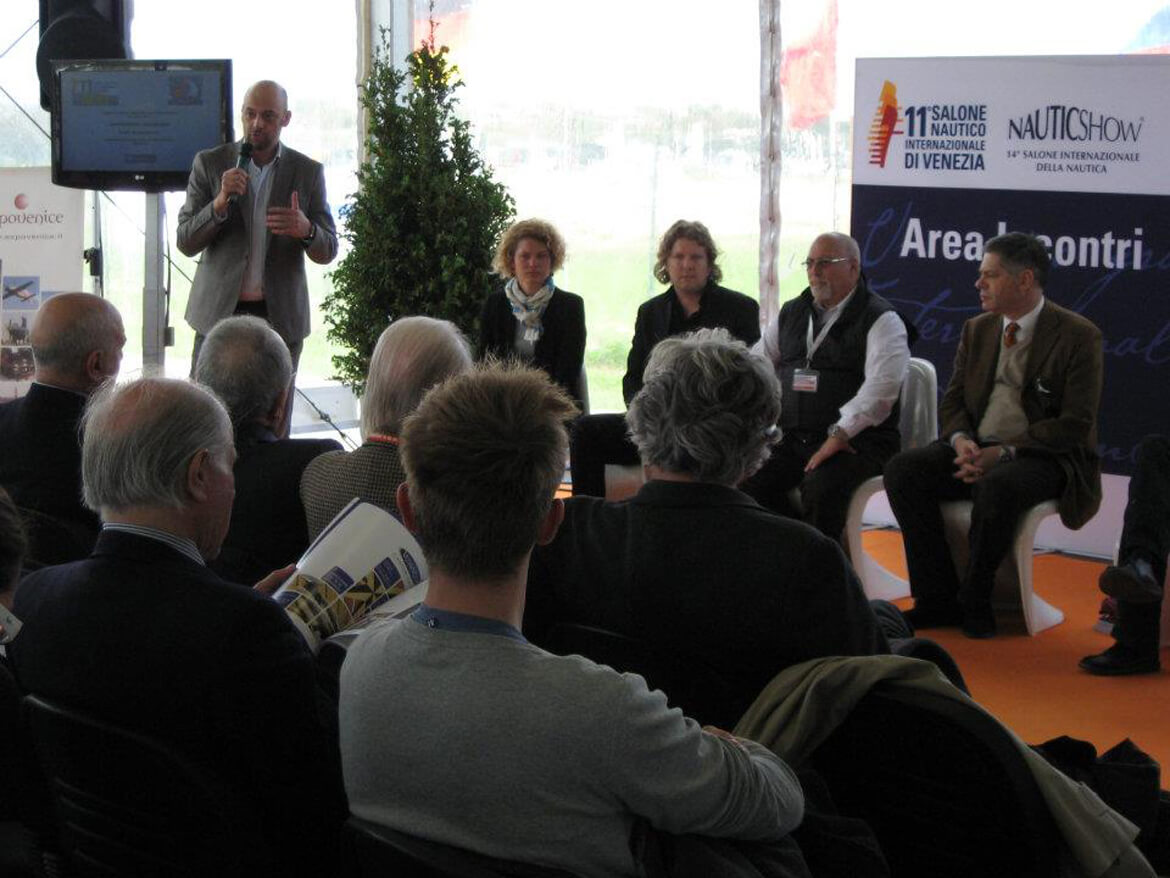

At the Salone Nautico di Venezia, Koen Olthuis spoke about the floating development possibilities in the lagoon of Venice
The video of the TEDx lecture of Koen Olthuis in Warwick is online now
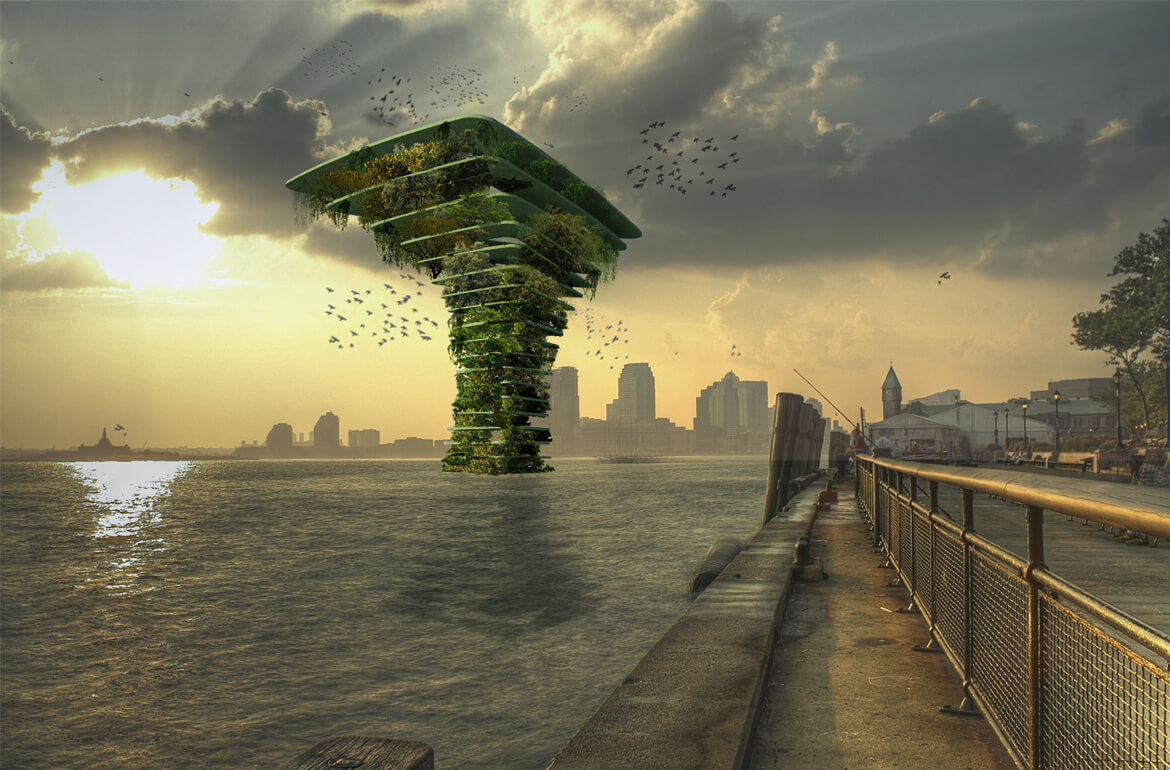
BDOnline, Elizabeth Hopkirk, Jan 2012
Eco platforms would provide homes for fish, birds and insects
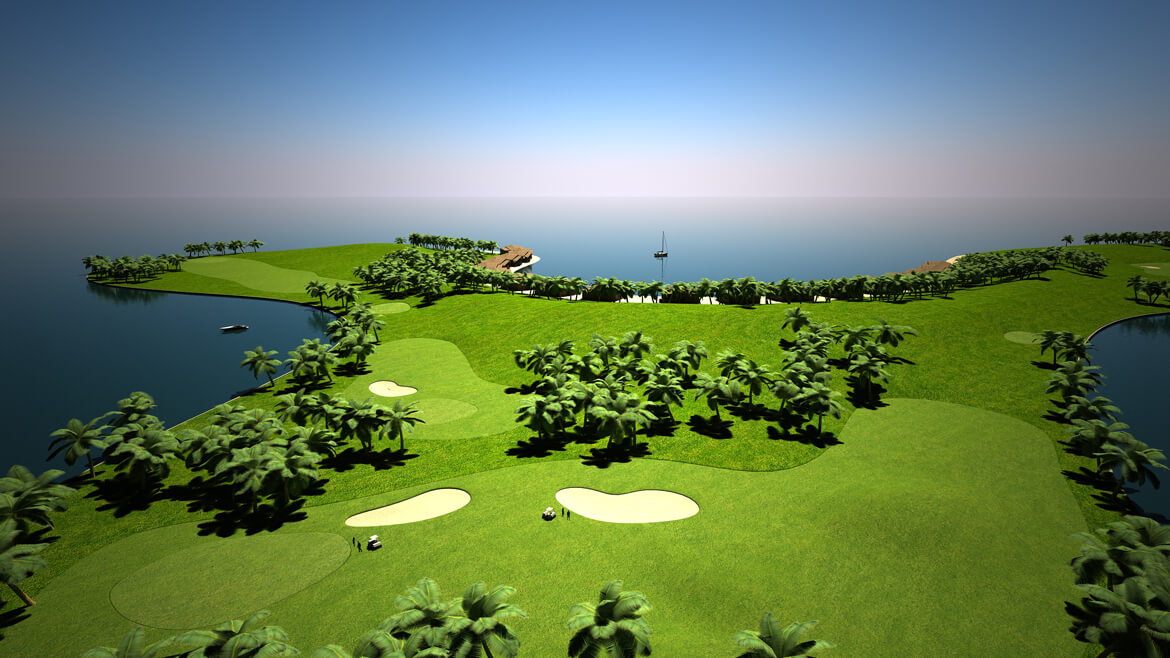
The New Ecologist
The majority of people would have never thought that golf courses will look any different from the look they have nowadays.
Well… in this case they never heard about the upcoming projects that seem to revolutionize the traditional concept of golf, and add a whole new aspect to it.
One of the most spectacular golf courses that already have a concept design is said to be built in the Maldives. This region is best known for the underwater life that it has, and this is exactly what the designers will take advantage of.
Their purpose is to create a floating golf course with 18 holes that would be connected through underwater tunnels. The budget of this project is of about $500 million.
To realize the golf course there will be several artificial islands built, each of them having 2-3 holes. It is important about the course that it will have no footprint on the environment. This is only possible because it is said to have some special techniques of water cooling, use of solar energy and sweet water collection through desalination while floating on salty water.
The new course would be located only five minutes away from the Male International Airport. After the course will be built, the creators would like to design luxury accommodation that would also be connected via underwater tunnels.
The accommodations will overlook the golf course and the coral reefs getting the visitors in touch with the beauty of underwater world. The project is supposed to be finished in 2015.
The creators of the project expect the tourism in the Maldives to boost because the majority of golf fans would like to visit this course, preferably several times. The new project is also said to help the economy of the country.
A similar project has been already created in Idaho. The Coeur d’Alene Golf and Spa Resort is known for the floating island it has. This is the first thing that the visitors observe from the parking lot.
The golf course has 14 holes, and four of them can be found on the island. There is another famous hole, the fifth, which is blocked by a hulking rock. For this the players need a high tee to be able to shoot over the rock.
Another thing that the course is really well known for is the service that it offers. There are numerous golf carts that have mahogany paneling and heated leather seats. In order to get to the island, there is water taxi that would get you there.
As you might see, the game of golf has become a lot more lately, than it has been at the beginning. In our days it isn’t that important to play and score, but to brag about the places that you have visited. If those places are closer to the environment than ever the beauty they carry is admired even more.
You can be sure that in case you tell your friends that you have been at one of these places, they will be surprised and you will get the opportunity to tell them all about the trip. The green touch will make the golf even more popular and the perspective of such projects makes this elegant sport a flag ship for the natural welfare.
Click here to read the article

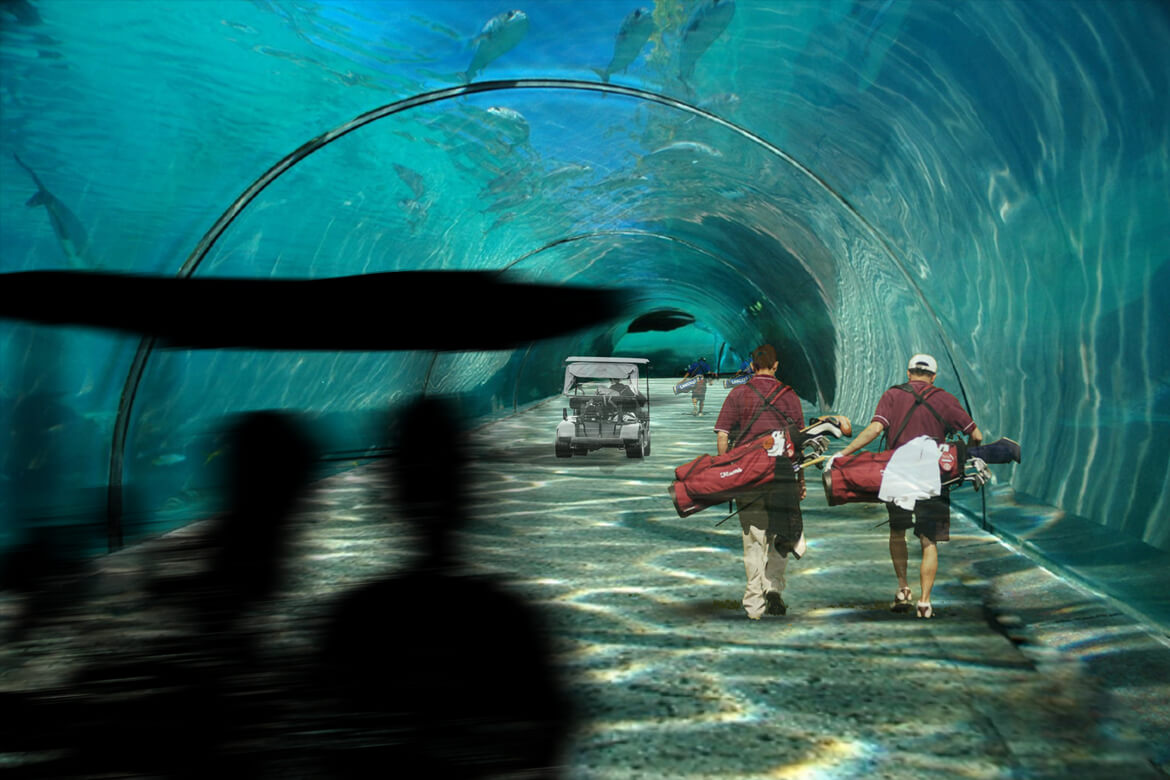
CNN, Will Tidey
Water hazard! $500 million floating golf course planned for Maldives. “Koen Olthuis’ vision will be realized when work officially starts on the project later this year”